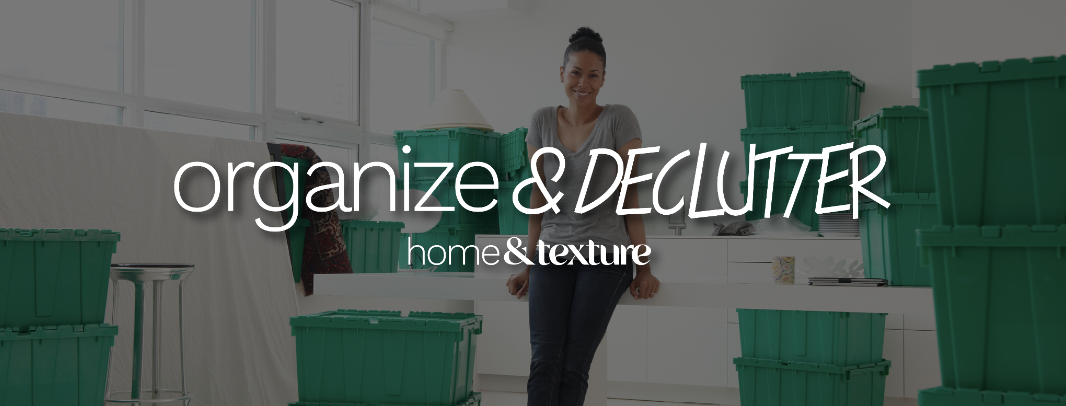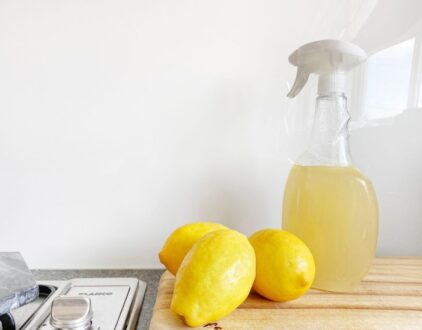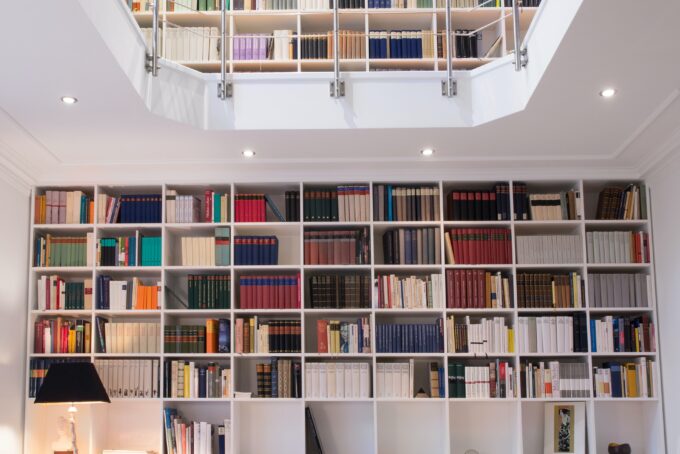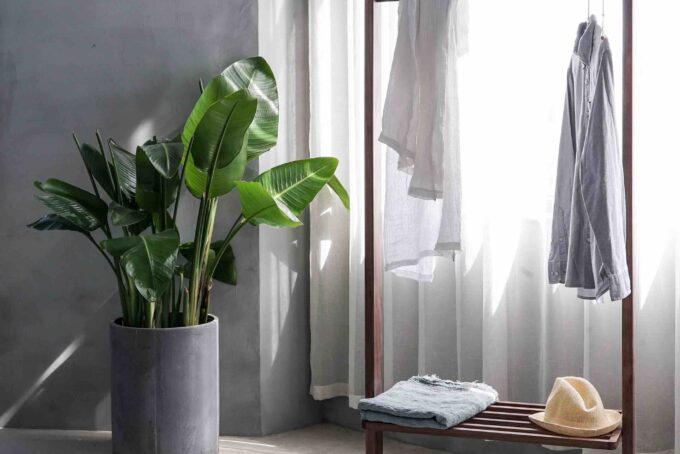When it comes to raising children, no parenting manual can prepare you for the perpetual challenge of managing an ever-growing mountain of toys. From action figures to building blocks, having too many toys can quickly overwhelm even the most organized parent. But fortunately, not all hope is lost. And with the right strategies in place, organizing kids’ toys can become manageable. Not to mention, it teaches your little ones how to responsibly care for their belongings.
To learn how to maintain a clean and tidy playroom, here are seven tips on organizing kids’ toys:
Declutter regularly.
Organizing is a lot easier to do when your space is free from clutter. Too much of it makes it hard to see what needs to be put away, which is why the first step in organizing toys is decluttering.
To do this effectively, sort through the toys with your child, removing any broken or unused toys during the process. Be sure to do this once every few months to maintain an orderly space. By keeping only the toys that your child loves and plays with, you’ll streamline the organizing process.
Pro Tip: Donating used toys that your child is no longer interested in is a fantastic way to teach children how to help others.

Designate specific play areas.
To ensure your home remains neat and tidy well after you’ve finished cleaning, establish several designated play areas in your home where toys are allowed. This can be a dedicated playroom, a corner of the living room, or even a part of your entertainment center.
No matter what area you decide on, having a special space designed for playtime can help keep the mess at bay, which makes cleanup easier.
Use clear containers for small items.
Those teeny tiny toys like Lego pieces, miniature Barbie doll accessories, or art supplies often end up scattered everywhere. And they’re definitely no fun to accidentally step on.
To prevent clutter and personal injury, store smaller items in clear containers or drawer organizers so that you can clearly see and find them when your child wants to use them.
Invest in storage solutions.
When it comes to maintaining a tidy play area, storage solutions are an absolute godsend. Plus, there are plenty of storage solutions that are both functional and appealing to kids.
For example, you can shop for open shelving units, colorful bins and baskets, or toy chests that double as seating. Another easy hack is labeling storage bins with child-friendly pictures or words that help children identify where to put toys away, plus encourage independent clean up.
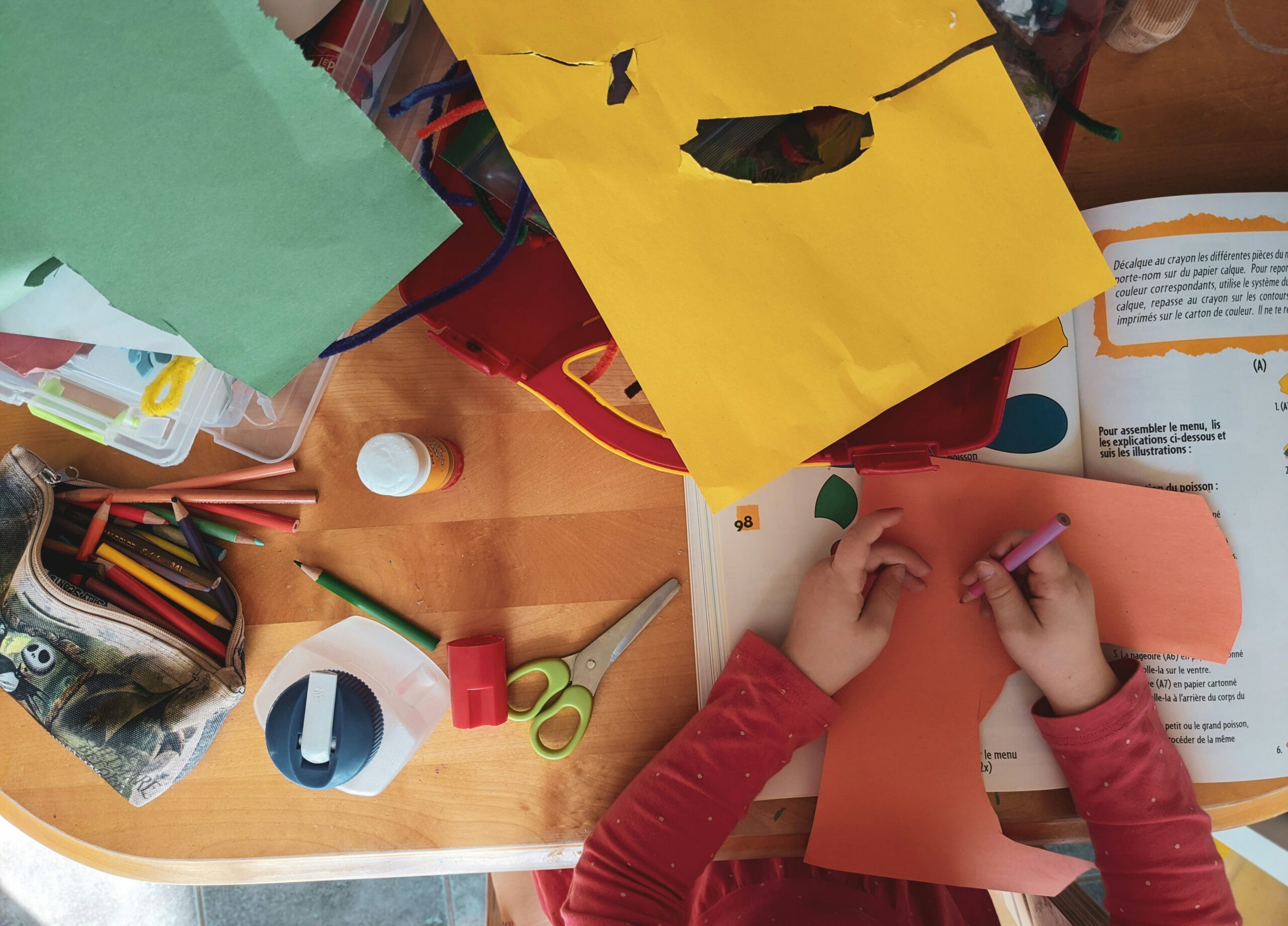
Create zones for different types of toys.
Another easy way to organize toys is by putting them into different zones based on their type or activity. For example, you can create a designated area for arts and crafts supplies, another for building toys, and another for make-believe play items. This makes it easier for children to find what they’re looking for while nudging them to try various types of play.
Rotate toys.
Too many toys isn’t always a good thing. Kids tend to only play with a handful of their favorite toys at a time, so it’s a good idea to rotate them out every few weeks or months. This not only keeps the clutter way down, but it makes playing with toys more exciting.
If your child(ren) has way too many toys lying around, put some away for later. Then, periodically swap them out with other fun toys that are currently in use.
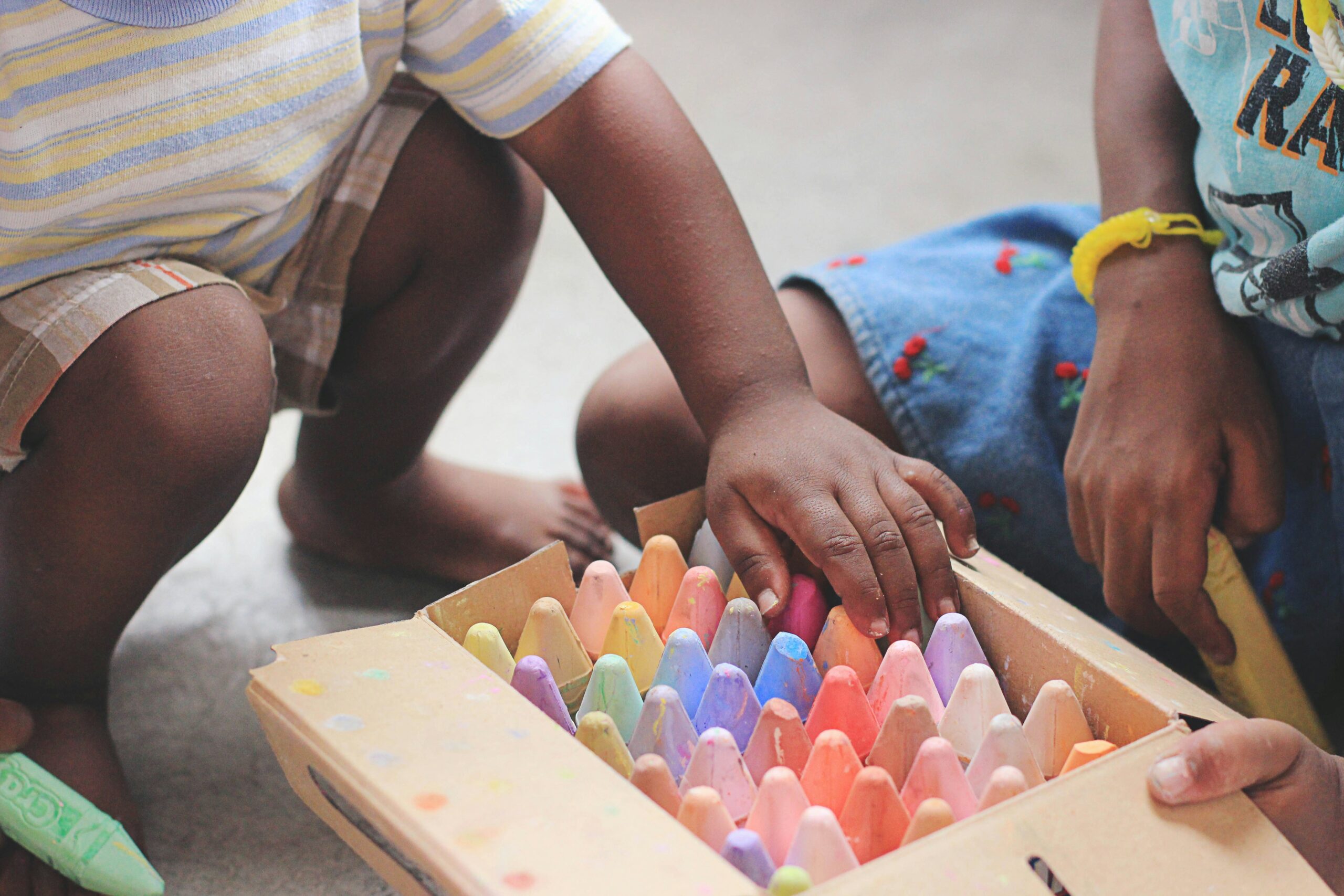
Teach responsibility and consequences.
There’s no point in working hard at organizing if it doesn’t stay that way for long. So it’s important to. encourage little ones to take responsibility for their belongings by holding them accountable for cleaning up after themselves.
To help maintain a clean environment, use organizing toys as an opportunity to teach your child about responsibility and consequences. Be sure to explain to them that taking care of their toys helps them last longer so that they can continue to play with them.
popular posts
- 1It’s Black Business Month, So Let’s Go Shopping and #BuyBlack!
- 2These Home Decor Items Will Instantly Make Your Space Look Outdated
- 3Black-Owned Home Decor Stores To Support Across the United States
- 4A Look Inside Elon Musk's Tiny $50,000 House
- 57 Black and Multicultural Designers To Follow For Design Inspo
Organize
Elevate your home’s allure and alleviate stress with these decluttering need-to-knows
Spaces
Whether it’s luxury or ease, every area of your home should be as fabulous and unique as you.
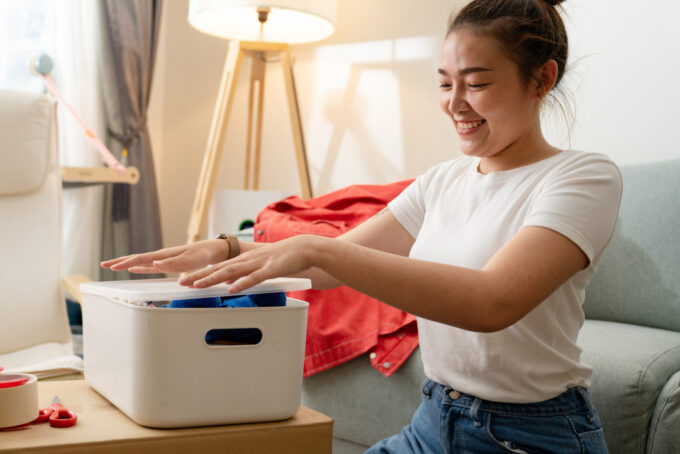
Home & Texture Picks: The 10 Organizers Your Home Needs This Year
by Kelsey Marie | February 27, 2023
Closet Organization Tips And Tricks For The Overwhelmed Fashionista
by Kelsey Marie | March 21, 2023
FOLLOW ALONG ON INSTAGRAM
#homeandtexture
Find us on social for more home inspiration where culture, personal style, and sophisticated shopping intersect to help you create a home where you love to live.

